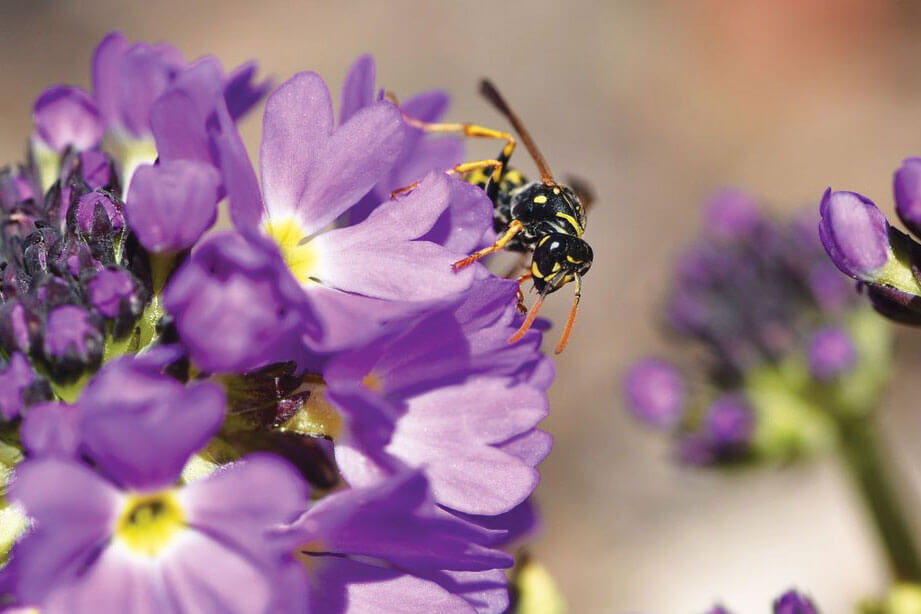By Hampshire & Isle of Wight Wildlife Trust
Spring is finally within reach, and green-fingered gardeners will be dusting off their gloves and starting to think about which plants will brighten up their borders in the months ahead.
If you are among them, you might consider plants that could benefit local wildlife before heading to the garden centre. Gardens are extremely important for a huge number of species, providing food and shelter for a wide range of plants and animals. Even small gardens can make a real difference for wildlife with pots, planters and window boxes.
Choose nectar rich plants so that butterflies and bees will be encouraged into your garden to feed. Aubretia, primroses, foxgloves, sweet violets, cornflowers, knapweeds, valerian and sweet scabious are all excellent choices.
Herbs such as marjoram, fennel, lavender, thyme and mint are popular with lots of different insects, and you can also buy plants that produce nectar in the evening, such as honeysuckle and evening primrose. These provide an energy-rich snack for visiting moths and other insects that are active at night.
Putting up a bird feeder is one of the simplest ways to invite wildlife into your garden. To attract different species of birds, provide a choice of seeds. Goldfinches like niger seeds, sunflower hearts are a favourite of great tits and blue tits, and suet balls are a high energy snack that may entice a great spotted woodpecker if you are lucky. Plants such as spindle, holly and bramble are great for producing berries, and buddleia, honeysuckle and herbs will attract insects for birds to feed on.
A good planting scheme and some bird feeders will get you on the right track for attracting wildlife to your garden, but there are numerous other things to try. You could make a pond, create a log pile, install a nest box, build a compost heap… the list goes on!
To find out more about how to encourage wildlife to your garden this spring, visit www.hiwwt.org.uk/wildlife-gardening



